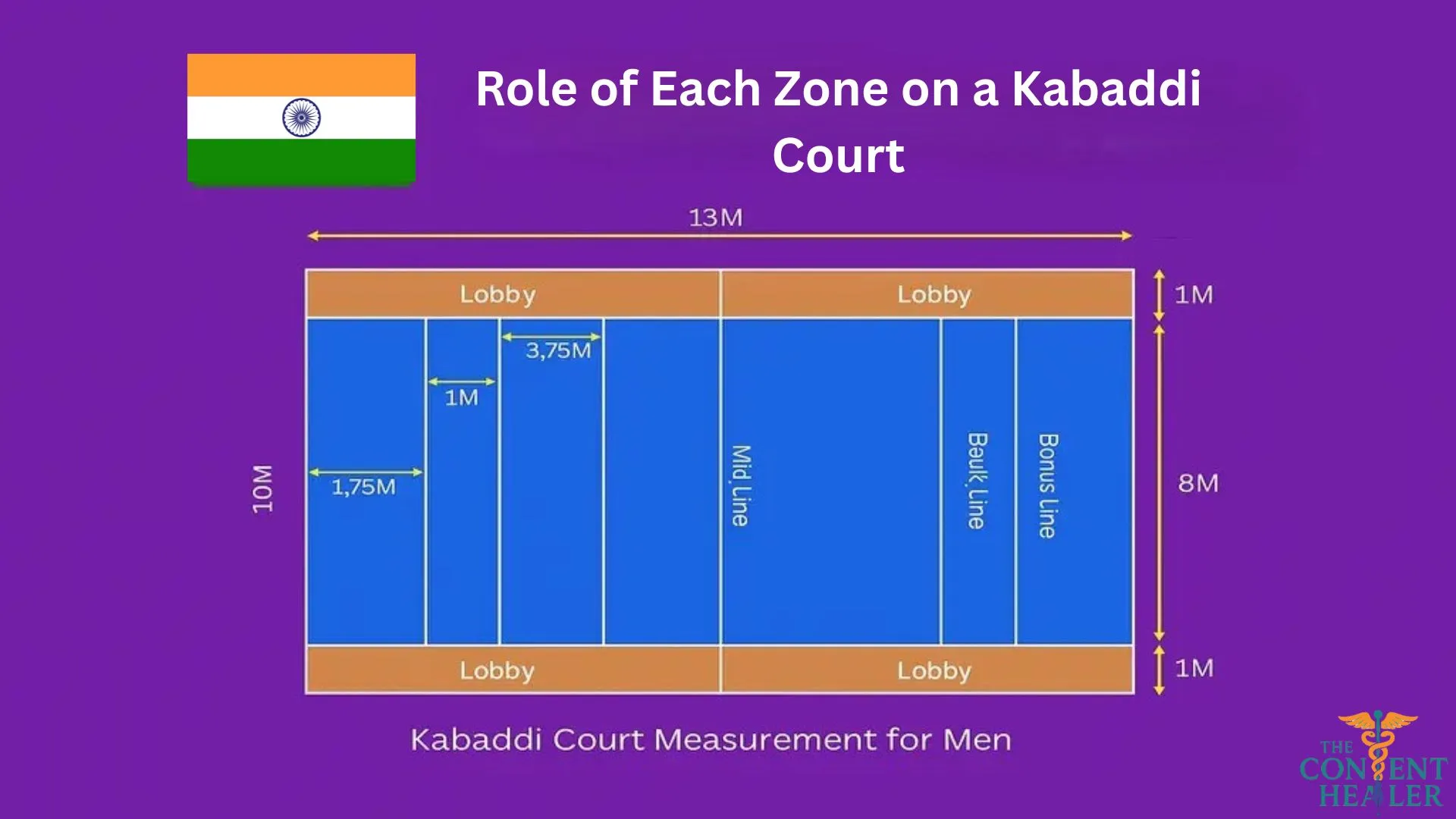When it comes to fitness, yoga has always been one of the best ways to keep the body and mind balanced. Among the different yoga practices, Surya Namaskar (Sun Salutation) is one of the most powerful and complete exercises. By combining yoga poses, controlled breathing, and mindfulness, it offers countless physical, mental, and spiritual benefits.
In this blog, we’ll cover the benefits of Surya Namaskar, the correct steps, and daily practice tips to help you achieve a healthier life.
What is Surya Namaskar?
Surya Namaskar, also known as Sun Salutation, is a series of 12 yoga postures performed in a sequence. Each step has its own importance, combining stretches, backbends, forward bends, and controlled breathing. Traditionally, it is performed facing the rising sun as a way of showing gratitude and absorbing positive energy.
It is suitable for beginners as well as advanced yoga practitioners, making it one of the most versatile yoga routines.
Top Benefits of Surya Namaskar
Practicing Surya Namaskar daily brings both short-term and long-term health improvements. Here are the main health benefits of Surya Namaskar:
1. Boosts Flexibility and Strength
The sequence involves stretches and bends that improve flexibility, strengthen muscles, and tone the body. Regular practice also enhances posture and balance.
2. Aids Weight Loss
One of the most popular benefits of Surya Namaskar for weight loss is its ability to burn calories. Performing 12 rounds daily can work as a full-body workout.
3. Improves Digestion
The bending and stretching movements massage the digestive organs, improving metabolism and digestion.
4. Enhances Mental Health
Deep breathing and mindfulness during practice reduce stress, anxiety, and depression. Many people also find Surya Namaskar for stress relief highly effective.
5. Strengthens the Heart and Lungs
The rhythmic breathing improves lung capacity, blood circulation, and overall cardiovascular health.
6. Glowing Skin and Better Immunity
One of the hidden benefits of Surya Namaskar for glowing skin is improved blood flow and detoxification, which naturally keeps the skin healthy and radiant.
7. Builds Focus and Discipline
Students can benefit from improved concentration, memory, and energy levels. That’s why Surya Namaskar for students is often recommended.
Surya Namaskar Steps
Here are the 12 steps of Surya Namaskar:
- Pranamasana (Prayer Pose) – Stand straight, join hands, and take a deep breath.
- Hasta Uttanasana (Raised Arms Pose) – Stretch arms upward and slightly back.
- Hasta Padasana (Hand to Foot Pose) – Bend forward, touching hands to the floor.
- Ashwa Sanchalanasana (Equestrian Pose) – Stretch the right leg back, left knee bent.
- Dandasana (Plank Pose) – Take the left leg back, body in a straight line.
- Ashtanga Namaskara (Eight-Limbed Pose) – Knees, chest, and chin touch the floor.
- Bhujangasana (Cobra Pose) – Lift chest, elbows bent close to the body.
- Adho Mukha Svanasana (Downward Dog Pose) – Hips raised, forming an inverted “V”.
- Ashwa Sanchalanasana – Same as step 4, with opposite leg.
- Hasta Padasana – Same as step 3.
- Hasta Uttanasana – Same as step 2.
- Pranamasana – Return to prayer position.
Beginners should start with 2–3 rounds and gradually increase to 10–12 rounds daily.
Daily Practice Tips for Surya Namaskar
- Practice in the morning facing the sun for maximum energy.
- Start slow with fewer rounds and gradually increase.
- Maintain controlled breathing: inhale during upward stretches, exhale during bends.
- Wear comfortable clothing and practice on a yoga mat.
- Stay consistent; even 10 minutes daily can show visible results.
- Combine with meditation or pranayama for holistic benefits.
Why Surya Namaskar Should Be Part of Your Daily Routine
With so many advantages of Surya Namaskar, it’s more than just an exercise—it’s a lifestyle habit. From weight loss to mental clarity, it benefits all age groups. Whether you are a student, working professional, or homemaker, just a few minutes of practice can keep you fit, focused, and energized throughout the day.
Conclusion
The benefits of Surya Namaskar go beyond physical fitness—it is a complete practice that nourishes the body, mind, and soul. By including it in your daily routine, you can achieve better health, inner peace, and a more disciplined lifestyle.
So, take a deep breath, roll out your mat, and begin your journey to wellness with Surya Namaskar today!
FAQs on Benefits of Surya Namaskar
1. How many rounds of Surya Namaskar should I do daily?
Beginners can start with 4–6 rounds and slowly increase to 12 rounds daily for maximum benefits.
2. Can Surya Namaskar help in weight loss?
Yes, it burns calories effectively, tones the body, and boosts metabolism, making it ideal for weight loss.
3. Is Surya Namaskar suitable for beginners?
Absolutely! Surya Namaskar is perfect for beginners. Just start slowly and maintain correct posture.
4. What are the spiritual benefits of Surya Namaskar?
It helps in calming the mind, improving focus, and connecting with inner energy.
5. Can I do Surya Namaskar in the evening?
Morning practice is recommended, but it can also be done in the evening on an empty stomach.





